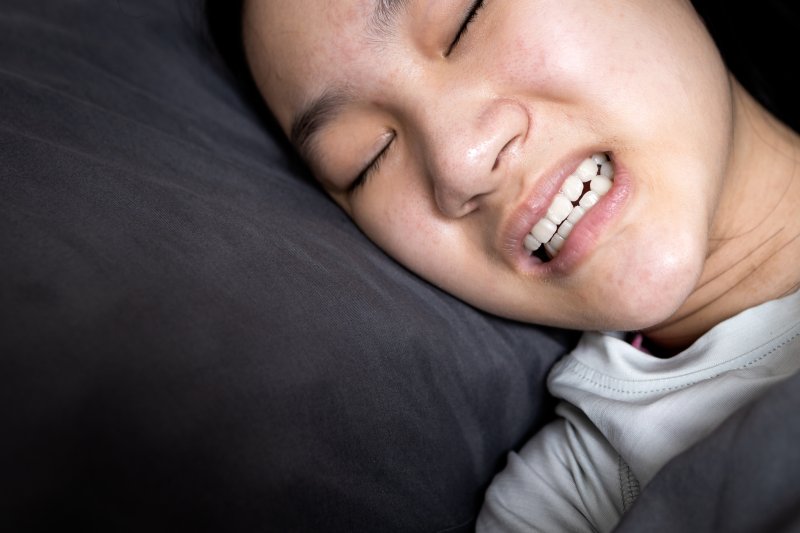The human body changes throughout the course of its lifecycle, and while every orthodontic patient would love to think that their teeth will stay in place after they are done with treatment, this is sadly not the case. Teeth can shift out of place as the mouth continues to develop with age, and this can unfortunately undo much of the hard work of wearing Invisalign, braces, or another orthodontic appliance. Here’s why your teeth may have changed positions and what you can do to address the problem.
Why Have My Teeth Shifted?
Here are a few of the reasons why your teeth may have changed positions since you finished your orthodontic treatment.
Aging
The bones and muscles in the jaw will change as you age, causing your teeth to become crowded or develop new gaps. This can happen because the ligaments that hold your teeth and jaw in place can weaken over time, causing the teeth to loosen and shift positions.
Teeth grinding
Many people grind their teeth as a nervous habit or as a reflex when sleeping. This can wear down your teeth over time, changing the way they come together as you bite. The pressure of grinding can also slowly push your teeth out of alignment.
Tooth loss
The jawbone needs exercise to stay healthy and strong, and this exercise normally comes from the teeth during the chewing process. Unfortunately, this exercise disappears when a tooth is lost, causing the bone structure that supported it to atrophy and recede. This can pull neighboring teeth out of alignment, making them harder to clean, easier to injure, and more vulnerable to infection.
How Can I Prevent My Teeth from Shifting?
The best way to prevent your teeth from shifting after orthodontic treatment is to dutifully wear your retainer as instructed. If you grind your teeth when awake, being mindful of the habit can help you break it. If you grind your teeth at night, wearing a mouthguard to bed can protect your smile from harm. The best way to address tooth loss is to get a dental implant that will restore exercise to the jawbone and can prevent or reverse its atrophy. In many cases, additional orthodontic treatments like Invisalign can help your teeth get back into alignment.
Don’t let the hard-won results of your orthodontic treatment slip away. Consulting with your dentist can determine the best way to keep your teeth in biting shape.
About the Author
Dr. Jayson Voto earned his dental degree from the University of Oklahoma College of Dentistry in 2006 and stays abreast of the latest developments in the dental field through continuing education courses. He is proud to hold memberships with the American Dental Association and the American Orthodontic Society. His office in Owasso, OK offers general, restorative, cosmetic, and emergency dentistry as well as Invisalign treatments. For more information on addressing the shifting of teeth, contact his office online or dial (918) 272-5381.

